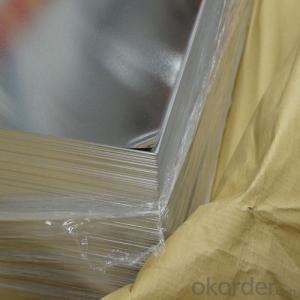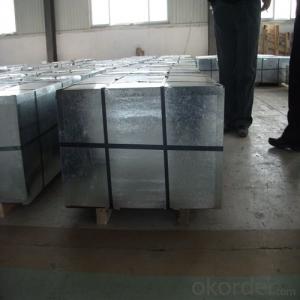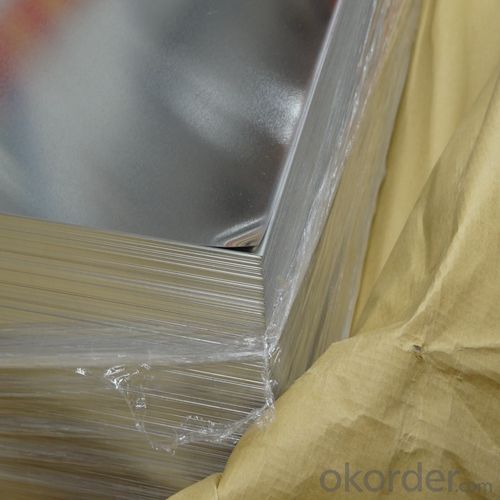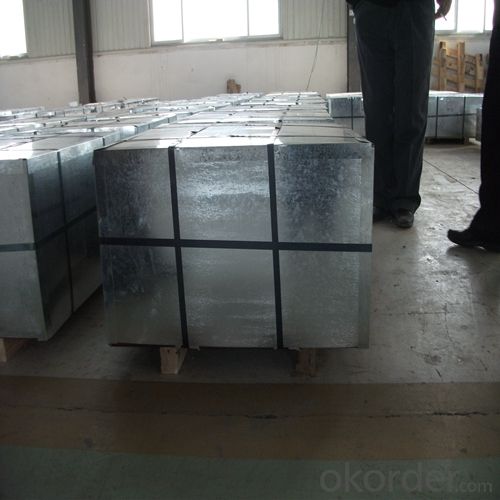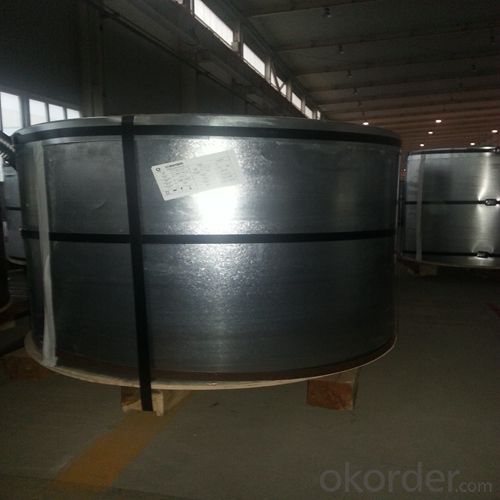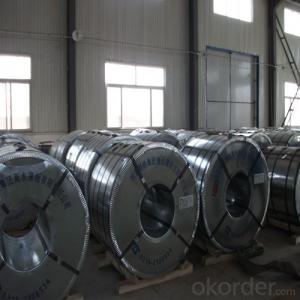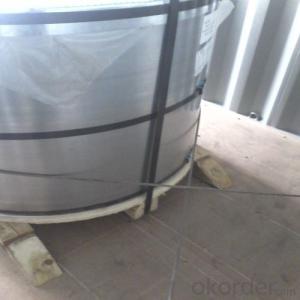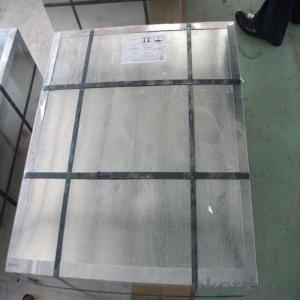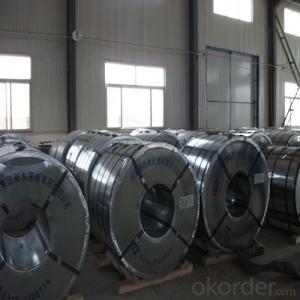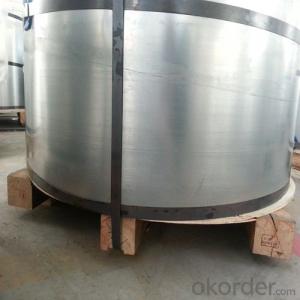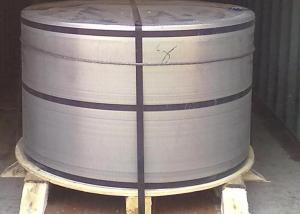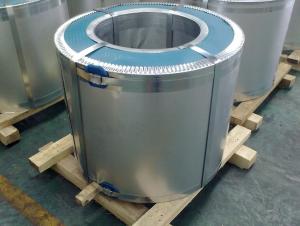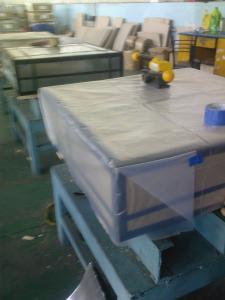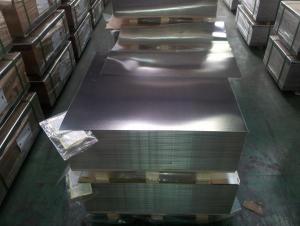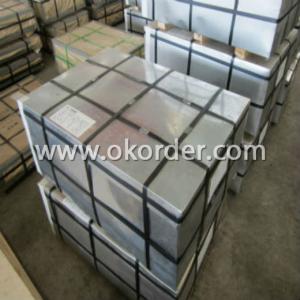Electrolytic Tinplate of High Quality for Metal Container 0.195mm
- Loading Port:
- Shanghai
- Payment Terms:
- TT OR LC
- Min Order Qty:
- 25 m.t.
- Supply Capability:
- 15000 m.t./month
OKorder Service Pledge
OKorder Financial Service
You Might Also Like
1.Structure of Electrolytic Tinplate of High Quality for Metal Container 0.195mm Description
Electrolytic Tinplate is a thin steel sheet coated by tin. It has an extremely beautiful metallic luster as well as excellent properties in corrosion resistance, solder ability, and weld ability.
2.Main Features of the Electrolytic Tinplate of High Quality for Metal Container 0.195mm
Electrolytic Tinplate undoubtedly enjoys the pride of place as a packaging medium especially for food. It owes its unique position to its "nine layer sandwich structure", each of which contributes to its eminence as a packing material. The steel base of electrolytic tinplate provides the necessary strength and formability for can fabrication. The tin-iron alloy layer provides the bond between the steel and free tin layer. The free tin layer is not only responsible for the attractive bright finish and ease of solderability but is also non-toxic- a factor of vital importance in food packaging!
Tinplate is also widely used for making all types of containers such as food cans, beverage cans, and artistic cans, tea cans, painting cans, chemical package cans and dry food package cans, metal printing etc. Its applications are not limited to containers; recently, electrolytic tinplate has also been used for making electrical machinery parts and many other products.
3.Electrolytic Tinplate of High Quality for Metal Container 0.195mm Images
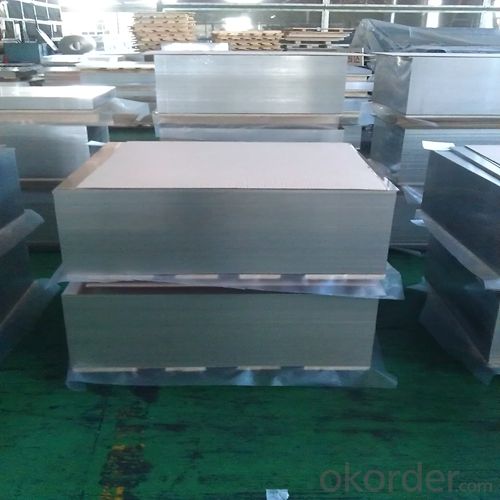
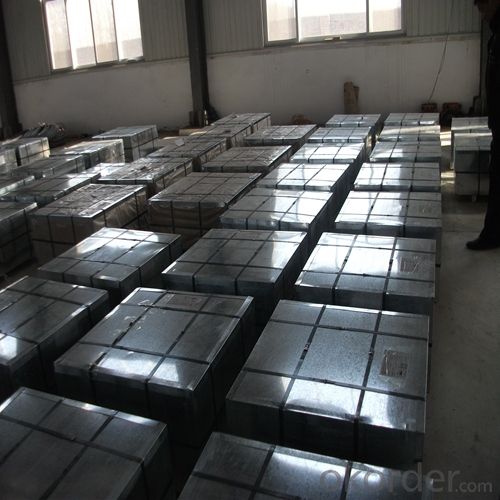
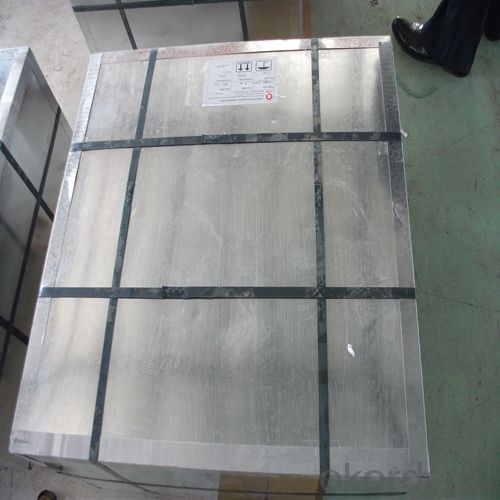
4.Electrolytic Tinplate of High Quality for Metal Container 0.195mm Specification
Standard:BS EN 10202
Material: SPCC
Thickness:0.195mm
Width:700mm
Temper: T4
Annealing: CA
Coil Inner Diameter: 508mm
Weight: 6-10 tons/coil
Passivation:311
Oil: DOS
Surface: silver
5.FAQ of Electrolytic Tinplate of High Quality for Metal Container 0.195mm
1. What is the delivery time for your prime quality tinplate?
Usually 35 days after order confirmation.
2. What is your Minimum Order Quantity?
Usually MOQ is 50tons for one single size, for trial order, it can be 25 tons.
3. What is the payment term?
The most common we use is L/C at sight or TT. We can also try use other terms.
- Q: What are the main applications of tinplate in the gardening industry?
- Tinplate is commonly used in the gardening industry for various applications such as plant pots, seed containers, watering cans, and garden tools. Its corrosion-resistant properties make it an ideal material for outdoor use, ensuring longevity and durability for these gardening products.
- Q: How is tinplate stored and handled?
- Tinplate is typically stored in a dry and well-ventilated area to prevent rusting. It should be kept away from moisture, chemicals, and direct sunlight. When handling tinplate, it is important to use proper lifting equipment to prevent damage and injuries. It should be stored in a way that avoids excessive stacking and ensures easy access for inspection and use. Proper labeling and documentation of storage is also recommended to ensure efficient handling and inventory management.
- Q: Can tinplate packaging be used for beverages?
- Yes, tinplate packaging can be used for beverages. Tinplate is commonly used for beverage cans as it provides a durable and protective barrier against moisture and oxygen, ensuring the quality and shelf life of the drink. Additionally, tinplate is recyclable, making it an environmentally friendly choice for packaging beverages.
- Q: How does tinplate handle exposure to gases and odors?
- Tinplate is known for its excellent resistance to gases and odors. It acts as a protective barrier, preventing the transmission of gases and odors into the contents it contains. This makes tinplate an ideal choice for packaging solutions, ensuring the integrity and quality of the products inside.
- Q: How does tinplate packaging contribute to product reusability?
- Tinplate packaging contributes to product reusability by providing a durable and long-lasting material that can be easily reused for various purposes. Its strong resistance to corrosion and high durability make tinplate packaging suitable for multiple uses, such as storing food, beverages, or other products. Additionally, the ability to seal and reseal tinplate packaging ensures the preservation and freshness of the contents, enabling consumers to reuse the packaging for future storage needs. This reduces waste and promotes sustainability by minimizing the need for single-use packaging materials.
- Q: Can tinplate be used for packaging products with specific storage requirements?
- Yes, tinplate can be used for packaging products with specific storage requirements. Tinplate is known for its excellent protective properties, including resistance to moisture, oxygen, and light, which makes it suitable for preserving the quality and freshness of various products. Additionally, tinplate is highly durable and can withstand temperature variations, making it ideal for packaging products with specific storage needs.
- Q: Does tinplate corrode over time?
- Yes, tinplate can corrode over time due to exposure to moisture, oxygen, and other corrosive elements. However, the corrosion rate of tinplate is relatively slow compared to other metals, thanks to the protective layer of tin that covers the steel base. Regular maintenance and proper storage conditions can help slow down the corrosion process.
- Q: Can tinplate be used for packaging of non-food products?
- Yes, tinplate can be used for packaging of non-food products. Tinplate is a versatile material that offers excellent protection against moisture, light, and oxygen, making it suitable for various non-food items such as cosmetics, chemicals, and pharmaceuticals. Its durability and recyclability further make it a popular choice for packaging non-food products.
- Q: Is it necessary for the two cold rolling in the process of tinplate production, such as tempering and cold rolling (also called flatness)?
- This is not the standard terms, generally refers to the 2 cold rolling coil after cold rolled hardness increased after heat treatment after recrystallization to obtain greater reduction.
- Q: Can tinplate be used for coffee or tea packaging?
- Yes, tinplate can be used for coffee or tea packaging. Tinplate is a durable and food-safe material that provides excellent protection against moisture, light, and oxygen, making it an ideal choice for preserving the quality and freshness of coffee or tea. Additionally, tinplate can be easily shaped and printed on, allowing for attractive and customized packaging designs.
Send your message to us
Electrolytic Tinplate of High Quality for Metal Container 0.195mm
- Loading Port:
- Shanghai
- Payment Terms:
- TT OR LC
- Min Order Qty:
- 25 m.t.
- Supply Capability:
- 15000 m.t./month
OKorder Service Pledge
OKorder Financial Service
Similar products
Hot products
Hot Searches
Related keywords
